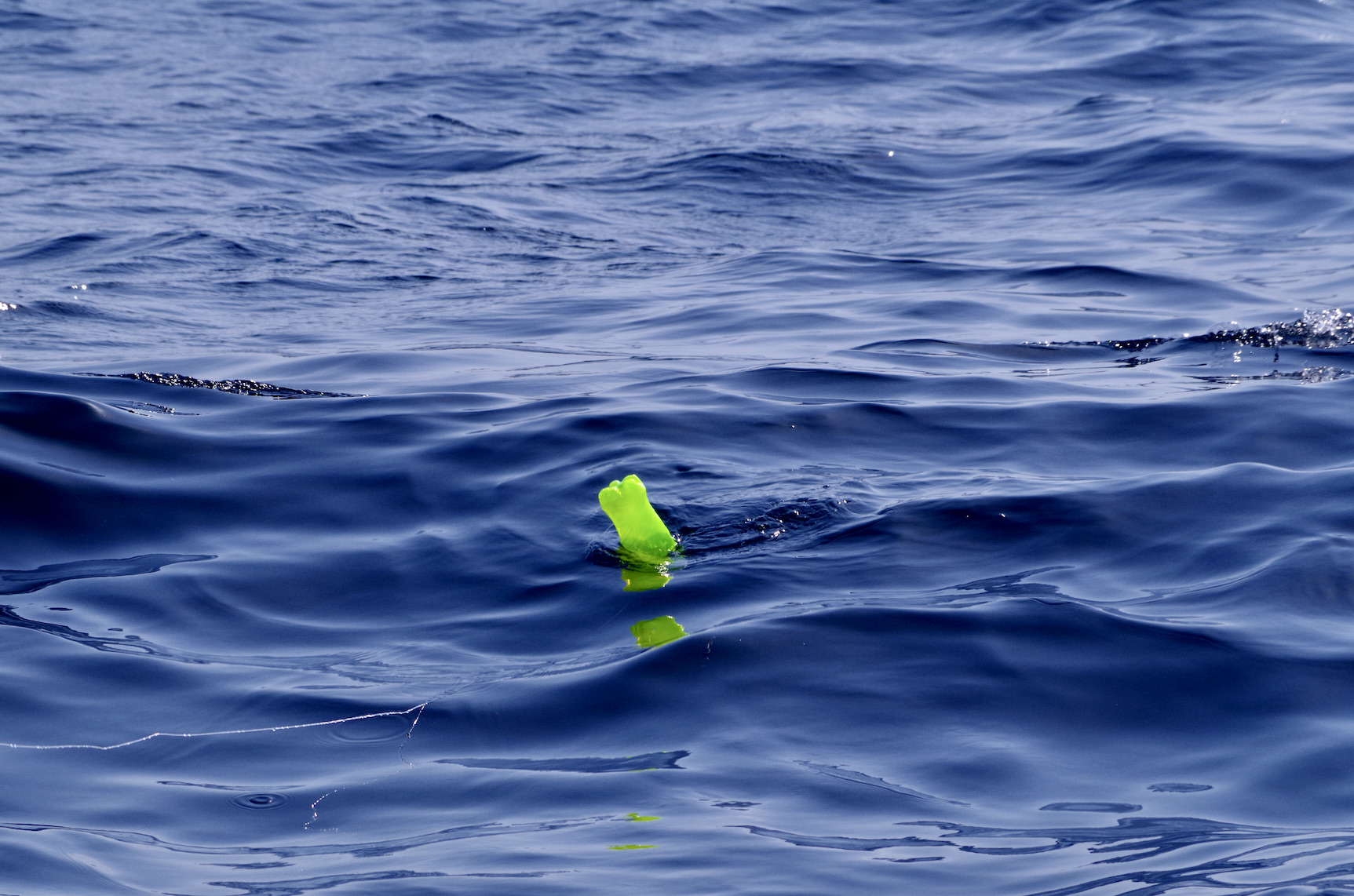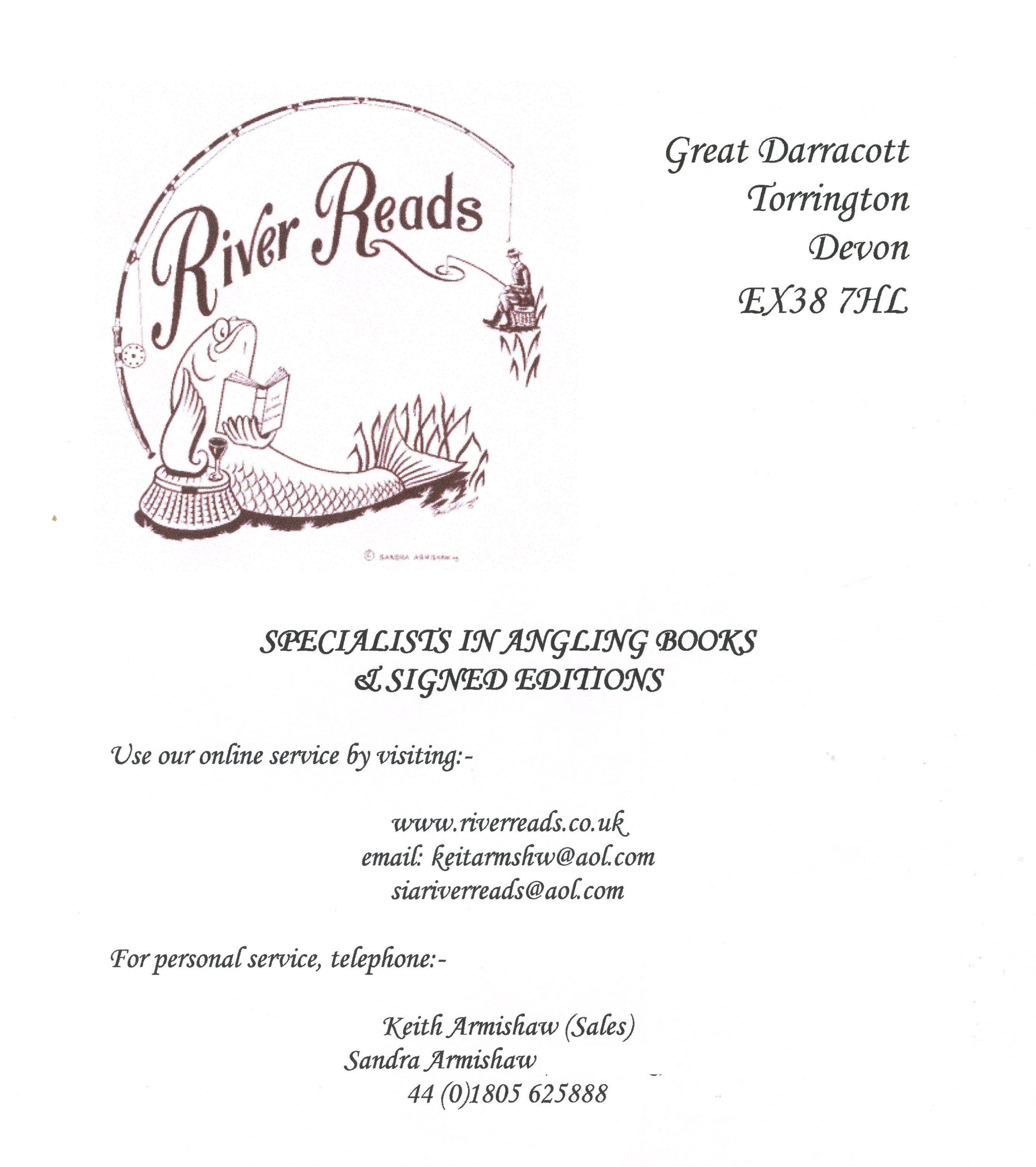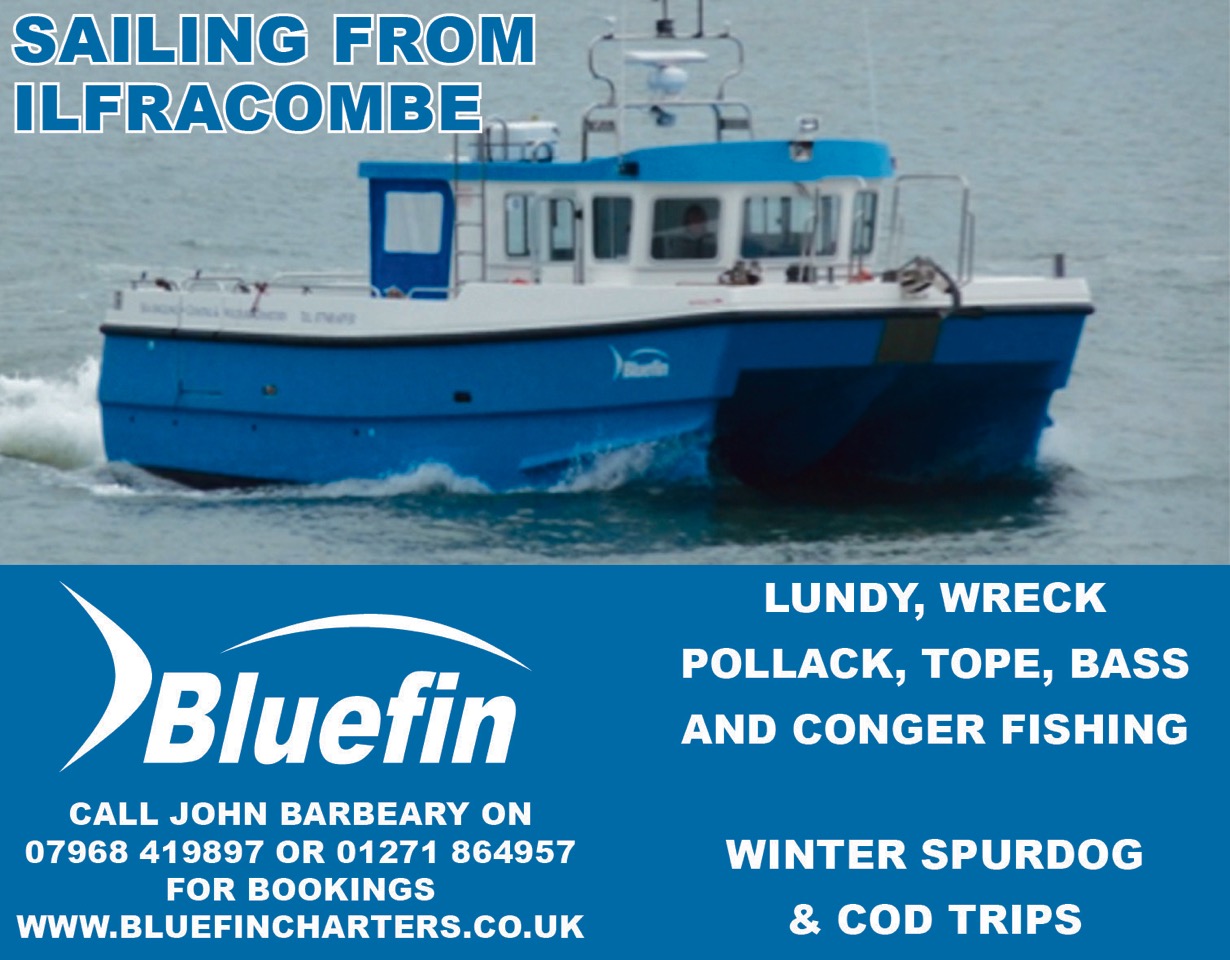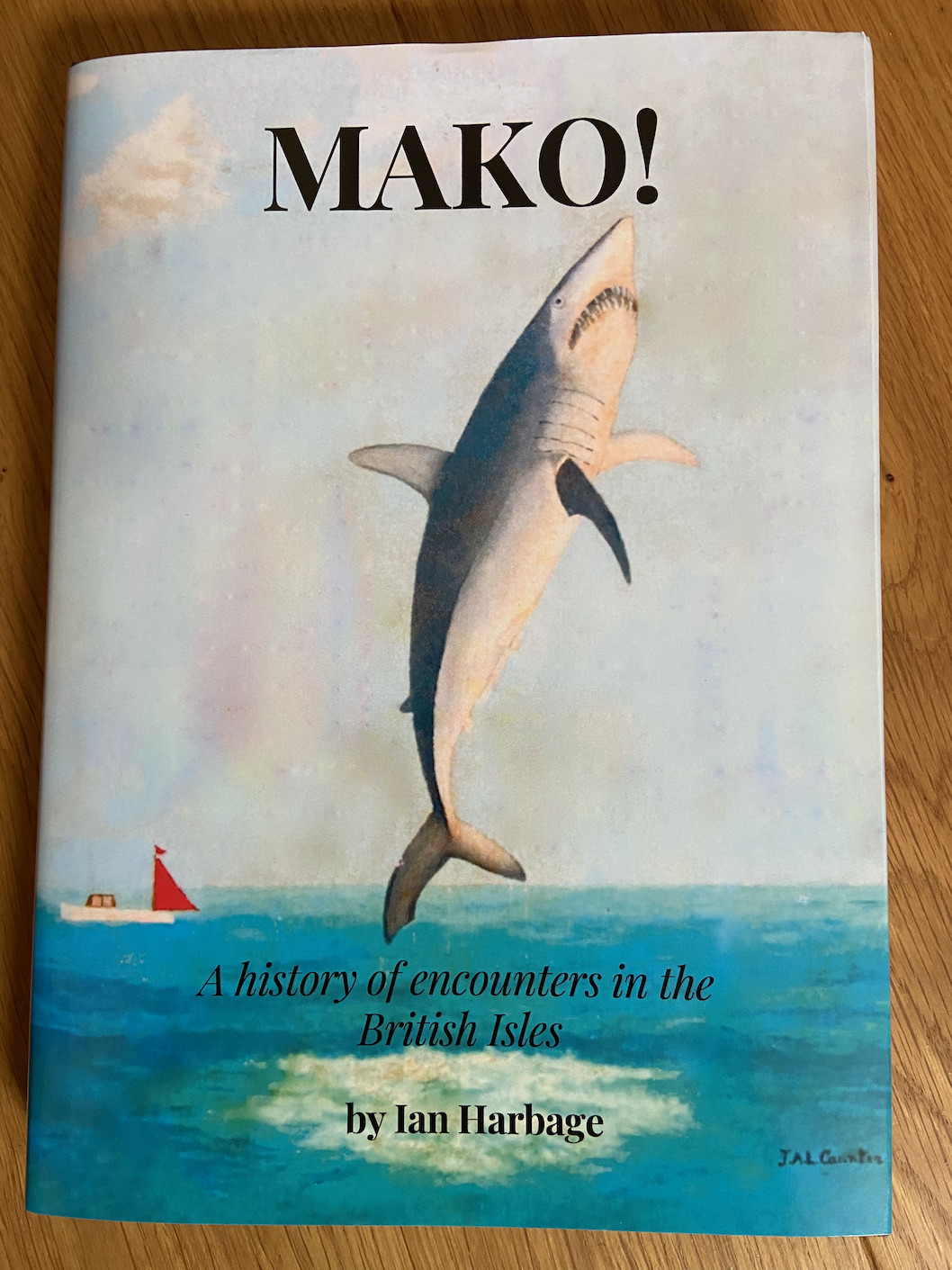
The book Mako! A History of encounters in the British Isles; has been a labour of love for Ian Harbage, Vice Chairman of the Shark Angling Club of Great Britain.
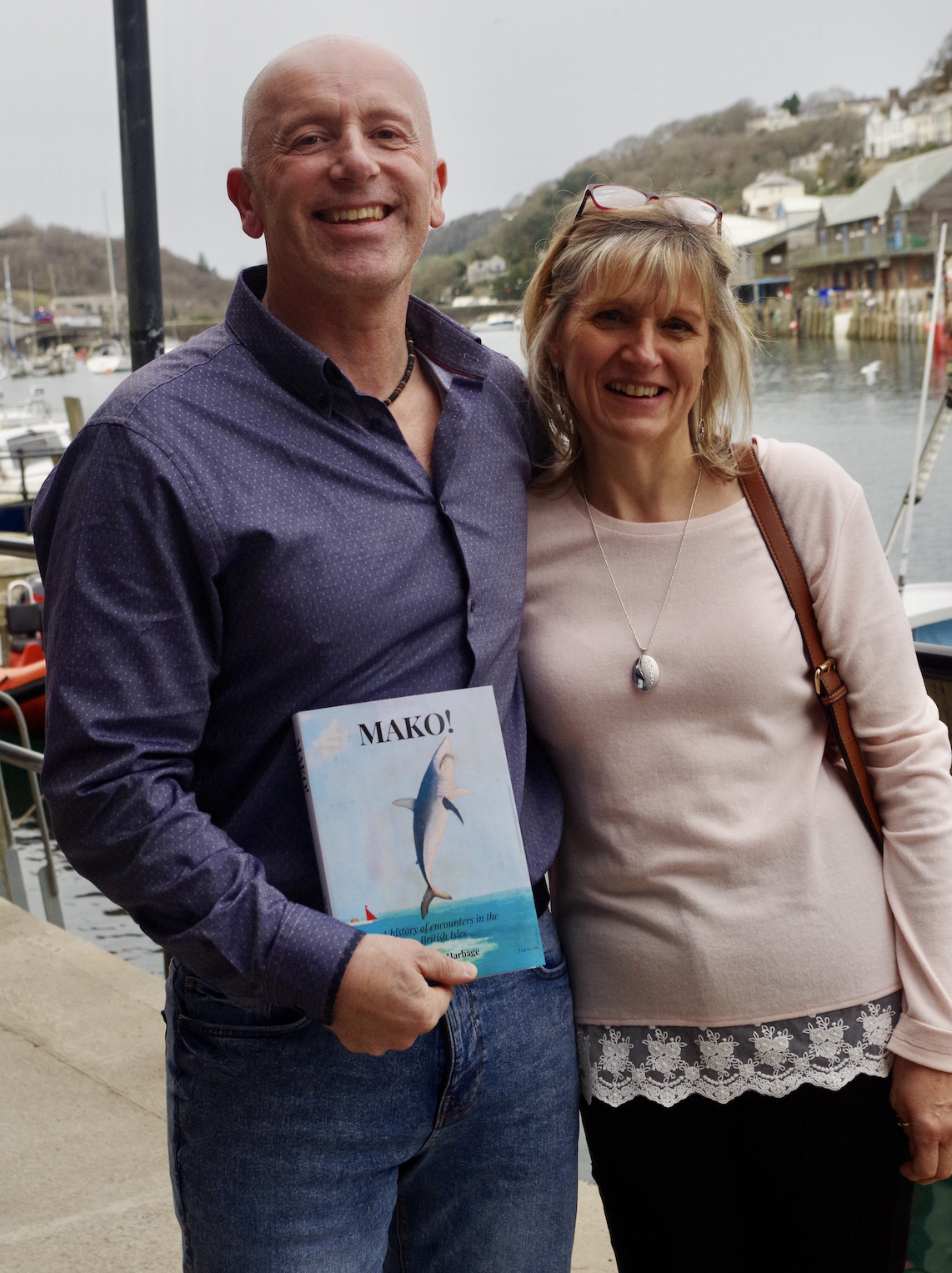
Ian Harbage first visited Looe as a six year old boy in 1975 and like many young children of the time was fascinated by the daily weighing of shark at the SACGB’s weighing station on East Looe Quay. Back then conservation was certainly not on the agenda and the shark mostly blues were slaughtered to be hung up, their carcasses dripping blood as their captors posed proudly for a picture. In 1975 the big movie at the cinema was “Jaws”, a film that portrayed sharks as ferocious killing machines. A young Ian was captivated during that decade and like many of that generation saw captain Quint the shark hunter as a true hero.
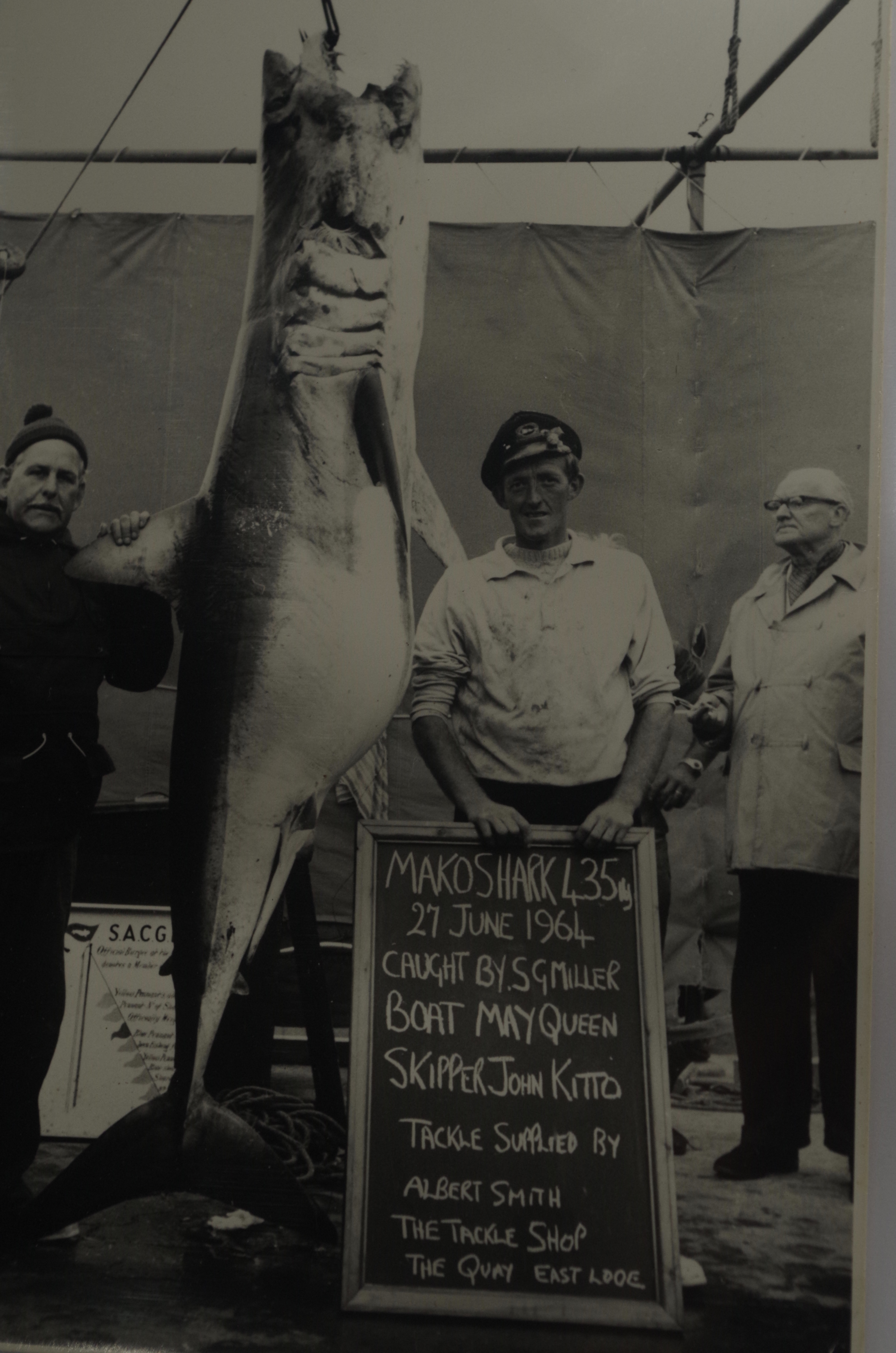
Fortunately close to fifty years on shark angling has modified its ways and is now focussed upon conservation with all shark released at the side of the boat. Tackle has been refined to reduce damage to the shark and valuable data is recorded to increase scientific knowledge of shark migrations across vast oceans.
Ian’s book is a fascinating tome that records the history of mako shark captures in the British Isles. Ninety-eight mako shark are recorded in the book a culmination of many years of detective work with many anglers and skippers interviewed their exciting tales retold and captured in this superb book.
Entwined within the tales of these mighty fish are glimpses of salty characters who oozed charisma and loved life upon the sea.
Ian was encouraged to write the book after meeting the Armishaw family who have been publishing fine angling books for several decades. Lee Armishaw of Watersmeet Publications gave his full backing to Ian to write the book after learning of the vast amount of knowledge Ian had gathered during a fifty year obsession with shark and in particular mako.
The book was appropriately launched at the Heritage Centre in Looe on Sunday, March 24th 2024. Pauline and I joined a room full of readers keen to receive their copies of this long awaited book. Ian took centre stage telling of how he had written the book his passion for the work evident for all to see. He read a fascinating and humorous chapter from the book that had the audience entranced. Ian thanked all members of the Watersmeet Publications team for their encouragement and expertise. Ian also thanked his wife Loraine for her support and patience over several years spent working on the book. Ian also gave thanks many others who had helped with the research.
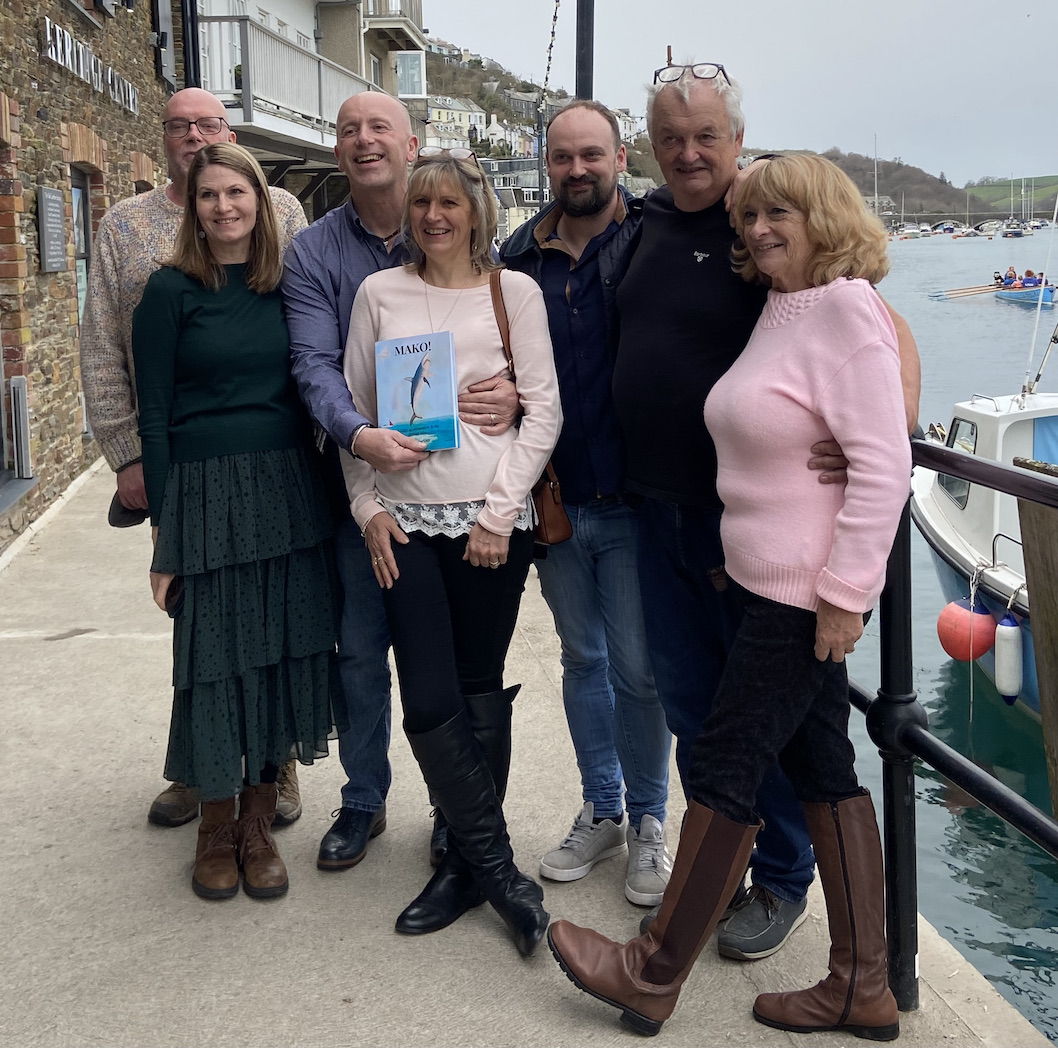
Dr Simon Thomas followed Ian delivering a fascinating and informative talk on the mako shark. The mako is built for speed capable of cruising over long distances in search of its prey with the ability to accelerate in ambush reaching speeds of perhaps 50mph. The trademark appearance of a mako shark is its ability to leap high out of the water. This is a sight that has cemented the mako in the many stories told by anglers who have hooked these magnificent fish.
The mako are found in ocean waters with a temperature above 16 degrees centigrade. Their range extending from New Zealand to North West Scotland. The mako can reach a weight of around 1500lb with a 500lb fish likely to be around 20 years old.
The golden era for mako shark catches in UK waters was between 1951 and 1972. The last Cornish mako was caught in 1980. Mako have been caught off Wales and Ireland in recent years and suspected sightings have been made in recent seasons.
I asked Dr Thomas if he believed climate change could result in a potential increase in mako numbers off the UK. He acknowledged that there is rapid and complex change within marine eco systems that may or may not be linked to climate change. The gulf stream influences our weather, climate and fish migrations its flow rate and global warming are complex and not necessarily one and the same.
Below is a link to Dr Simon Thomas’s talk
After Dr Simon Thomas’s talk Ian met with those who had travelled to purchase copies of the book that had virtually sold out its initial print run. Among those collecting their books was Looe Skipper, Phil Dingle, the son of Alan Dingle a family of legendary Looe Skippers who feature extensively in the book.
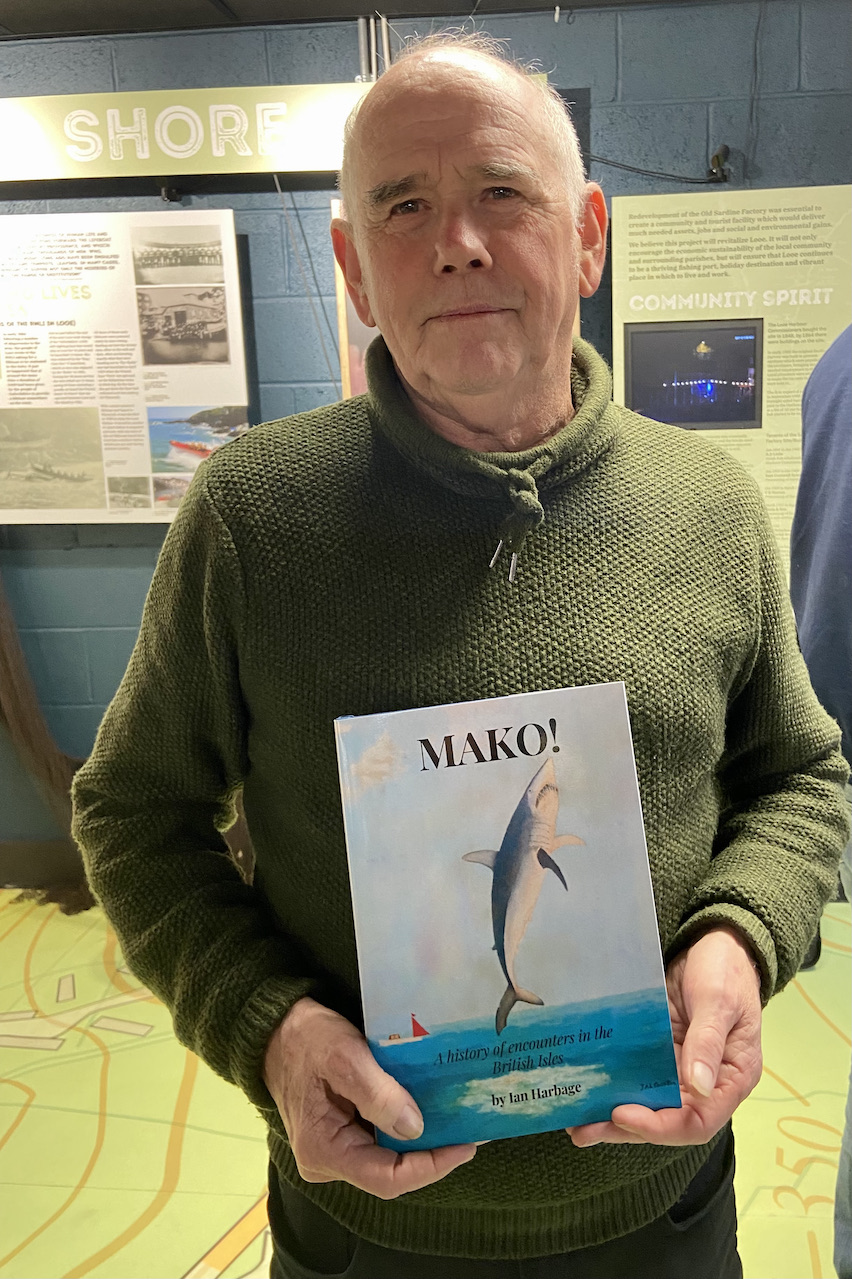

The Dingle family
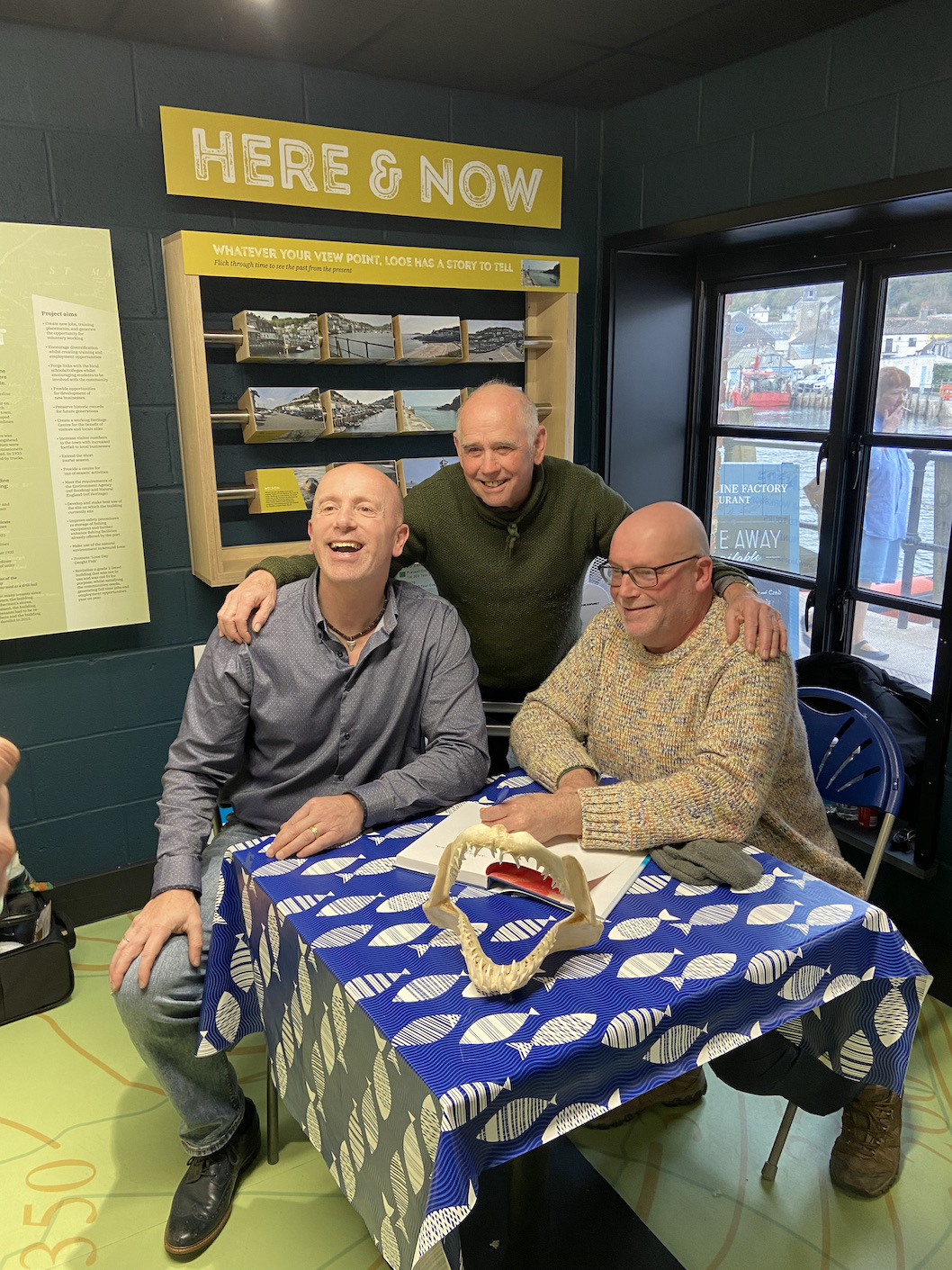
All assembled at the event were privileged to share in a moment of celebration as the book records some of Looe’s rich shark fishing history.
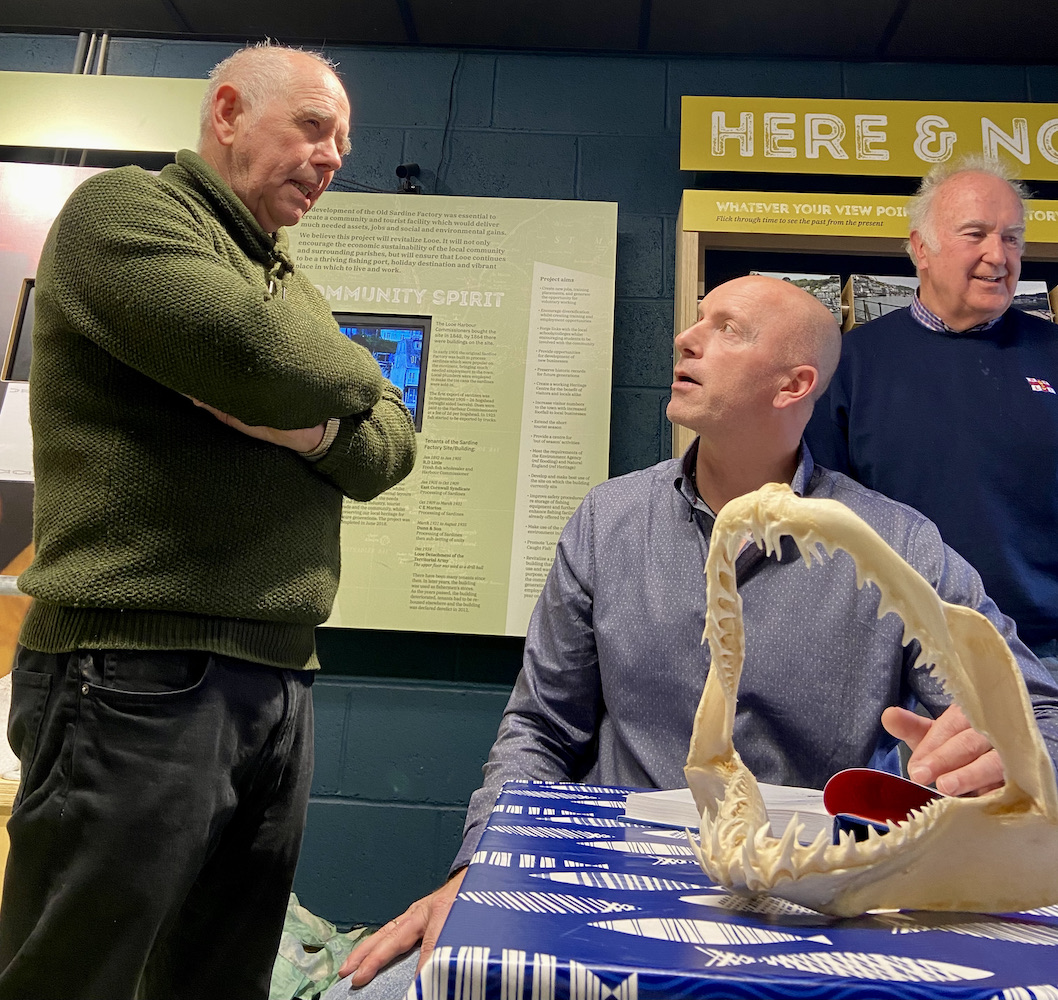
Looe has been the home of the Shark Angling Club Of Great Britain since its formation in 1953. The club’s founder was Brigadier J.A.L. Caunter, C.B.E. , M.C,. C.C. who wrote the book Shark Angling In Great Britain, published in 1961. The cover of the Mako! book comprises of a painting by Caunter that portrays a mighty mako leaping with a red sailed Looe shark boat drifting upon the sea reflecting a blue summer sky.
http://www.sharkanglingclubofgreatbritain.org.uk
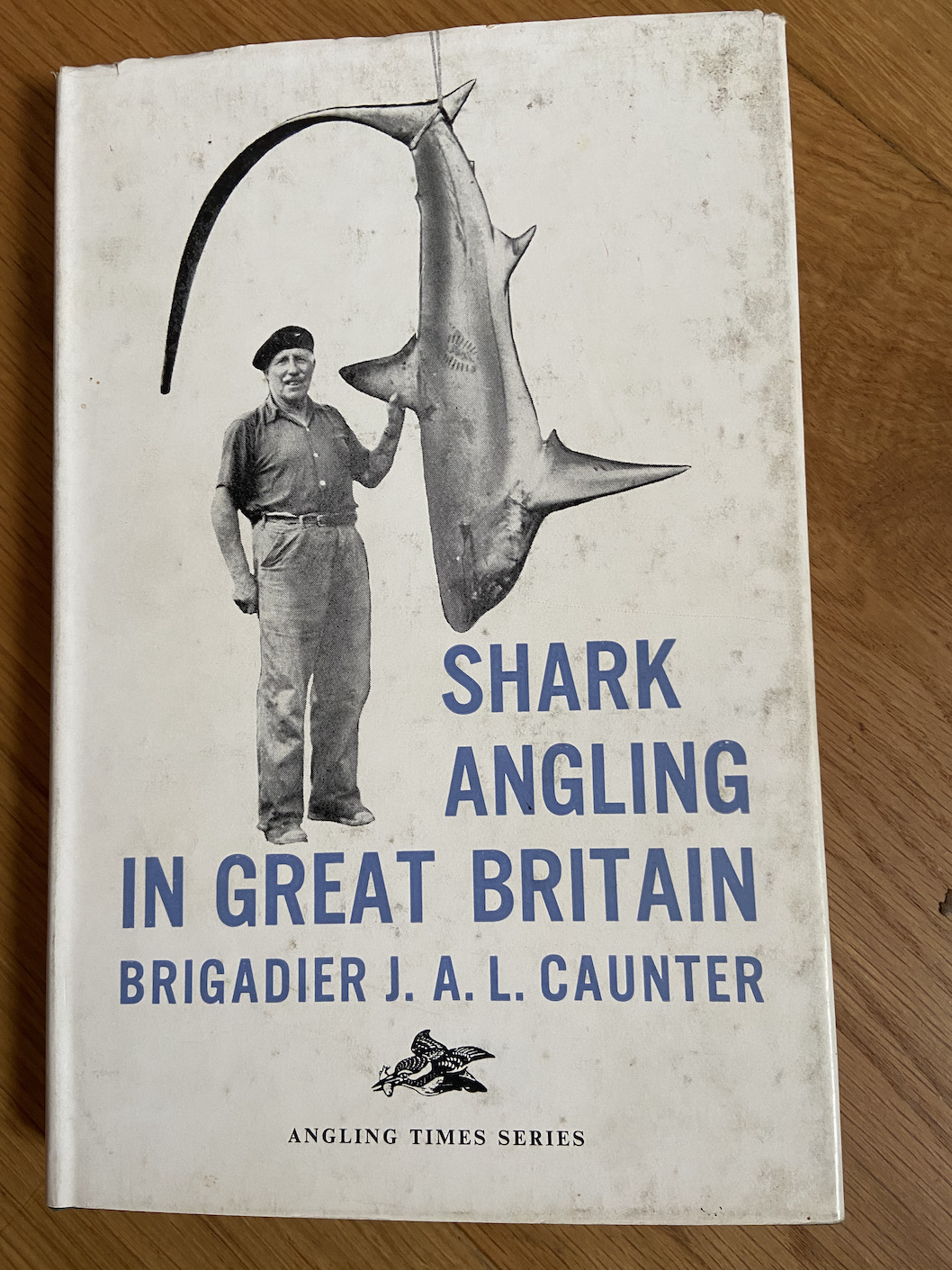
My own angling life started in Looe in the 1960’s when my parents visited Looe each autumn. Like Ian I gazed at the shark brought ashore each evening and dreamt of setting out one day to catch these monsters of the deep. I caught mackerel and garfish from the Banjo pier in those formative years and hold those treasured memories in my mind’s eye.
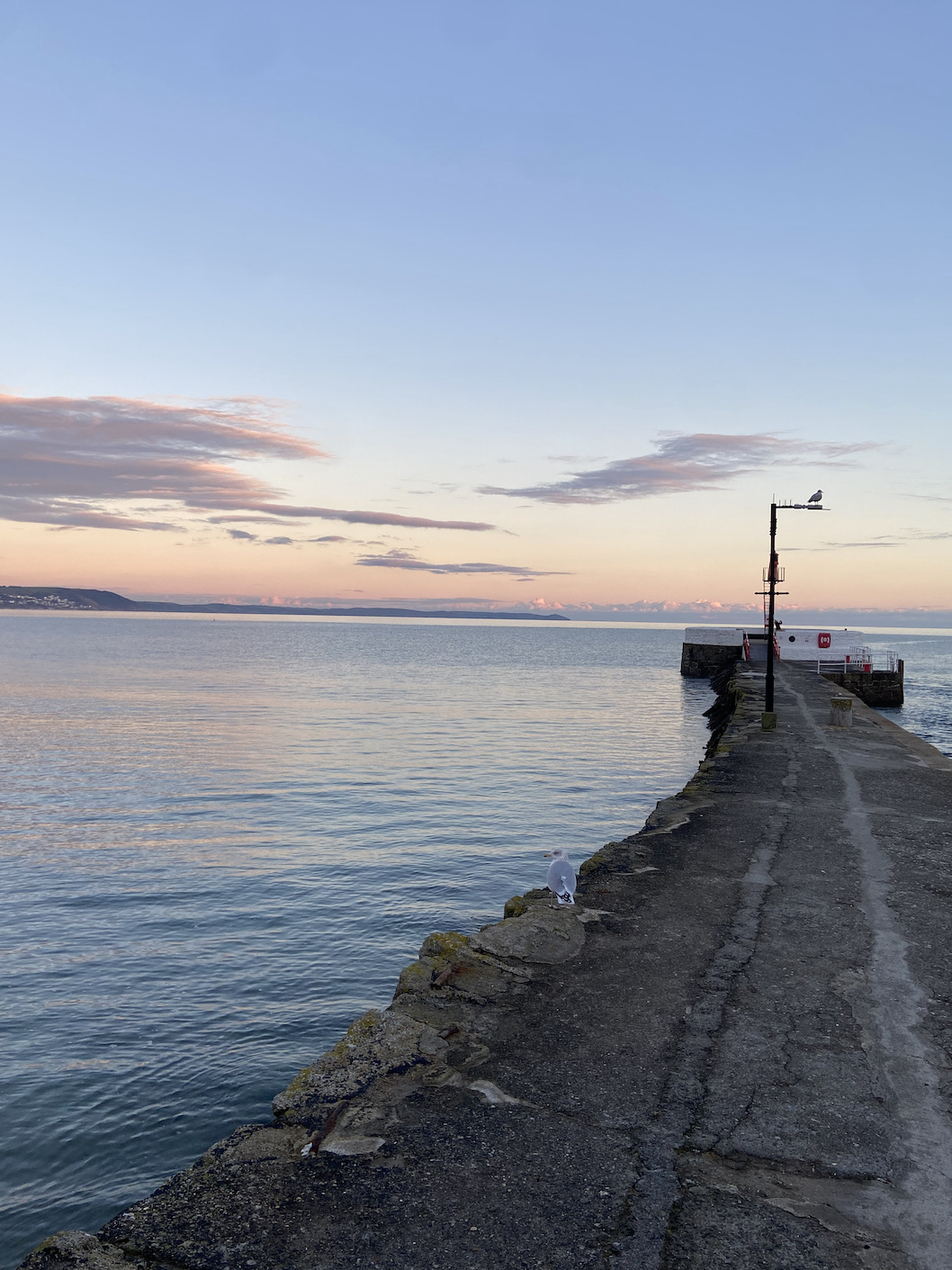
On the distant horizon on those autumn evenings I saw the rhythmic flashing of the Eddystone lighthouse. As a young angler I yearned to fish those mysterious waters where mighty shark swim. Many years later I returned and set out from Looe to catch blue shark and succeeded in catching a blue in excess of the SACGB qualifying weight. To hook a mighty mako must be one of anglings greatest thrills and to read of such battles at sea feeds the dreams.
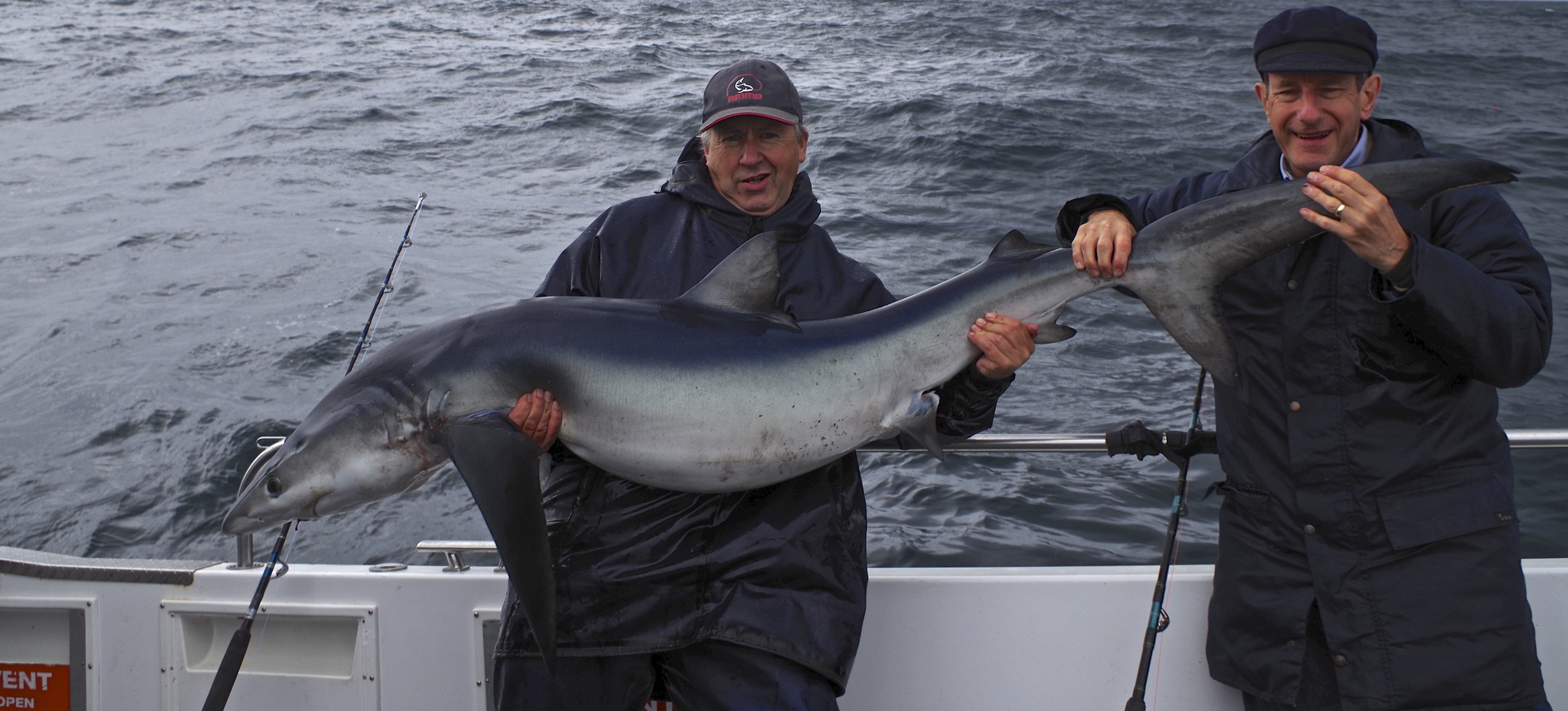
The recording of history is important and in Ian’s book he tells history as it was warts and all. This is how it should be for times change and we should not look back and judge previous generations too harshly. Whilst I feel a sense of unease as I look at the pictures of shark carcases hung up on the weighing station I know that if I had been there in those days I too would have taken part for it was as it was in those days.
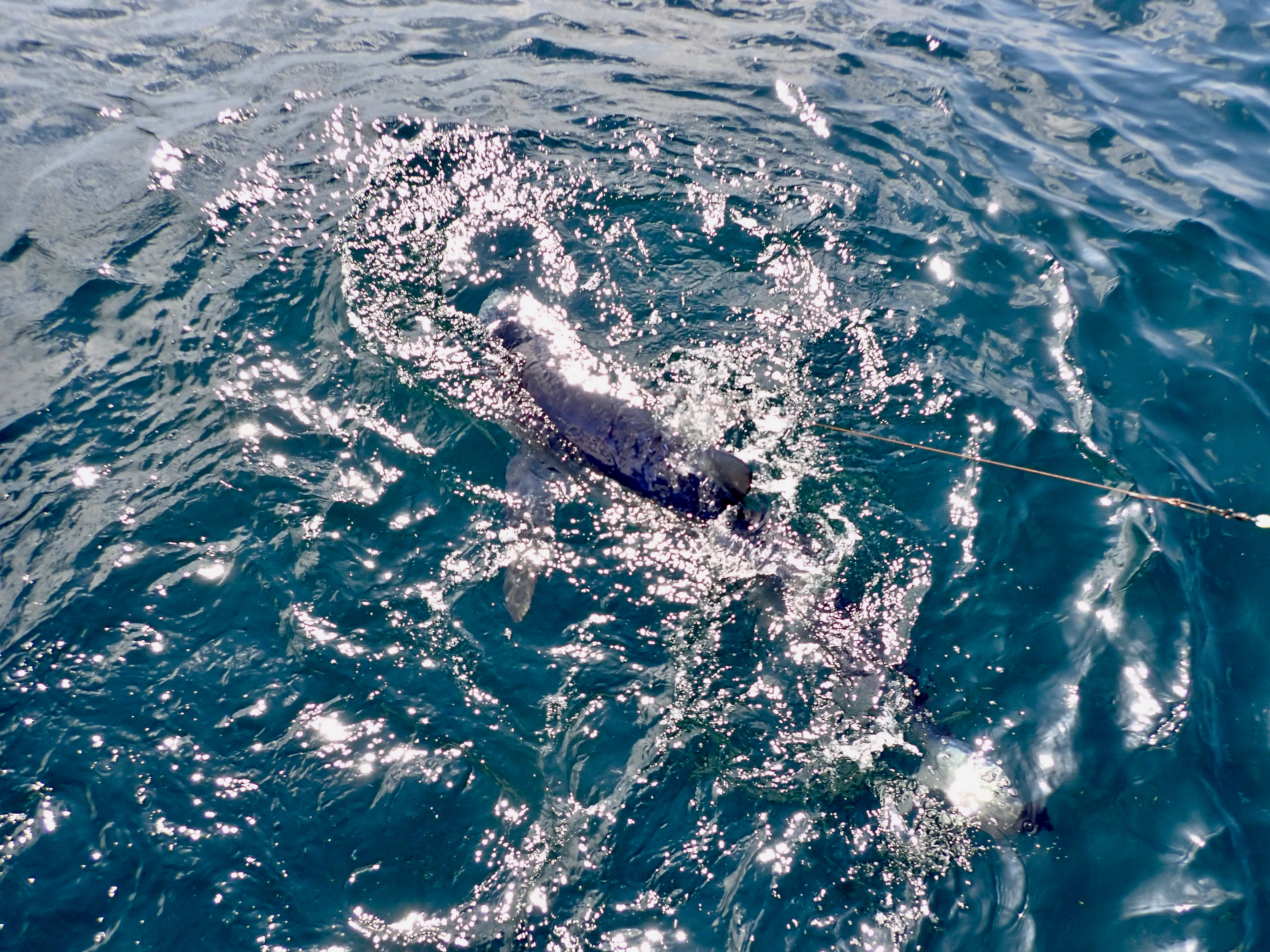
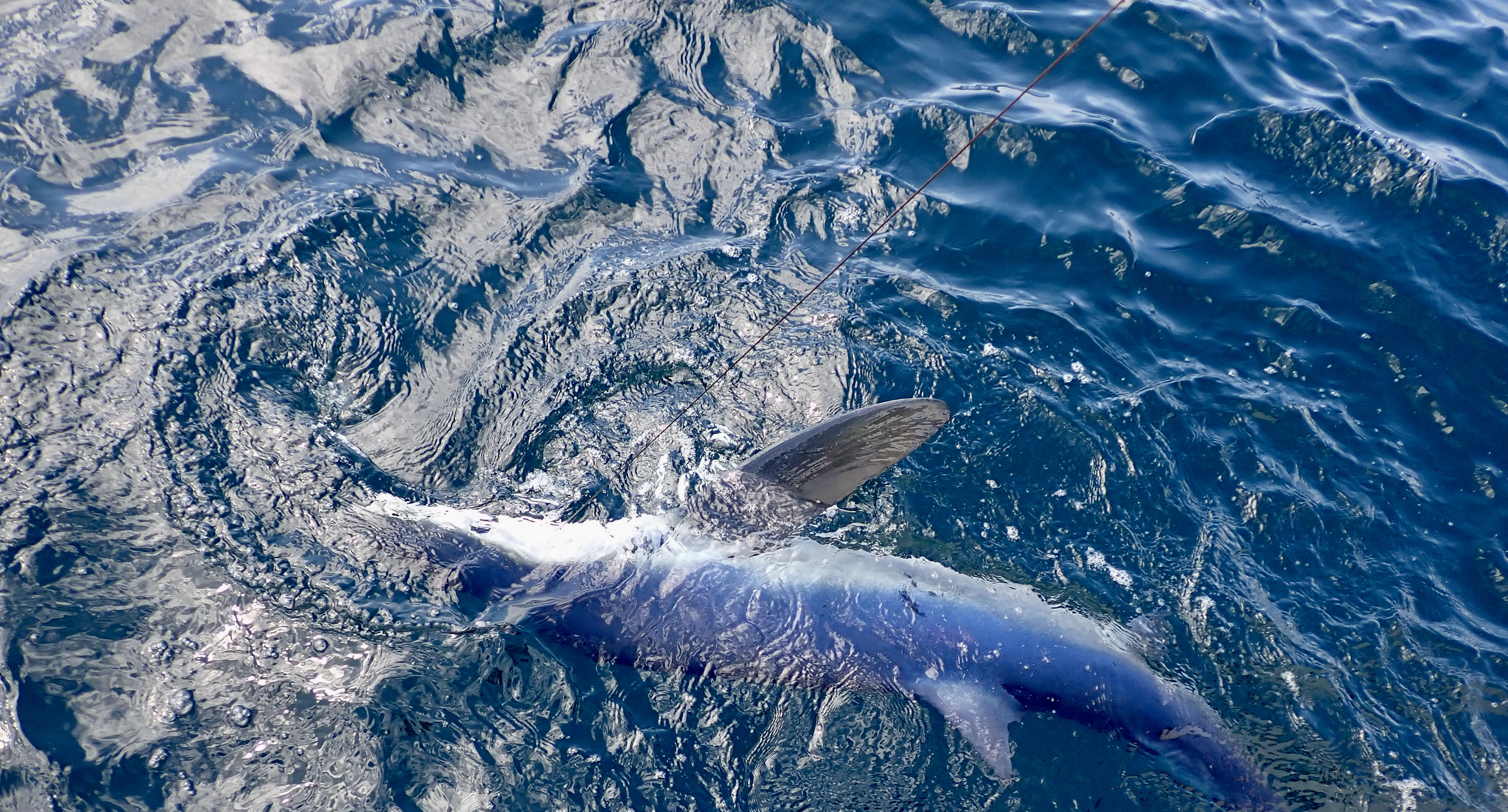
Looking through the many pictures in Ian’s book I recalled the names of many boats I had seen moored upon the quayside. Paula, Our Daddy and Irene amongst names that brought a fond recollection of times long since passed.

Shark angling has moved on and conservation is top of the agenda. The Pat Smith Data base set up by John McMaster and Dr Simon Thomas is recognised as a valuable source of information in learning about shark migration and populations. https://www.patsmithdatabase.com/about
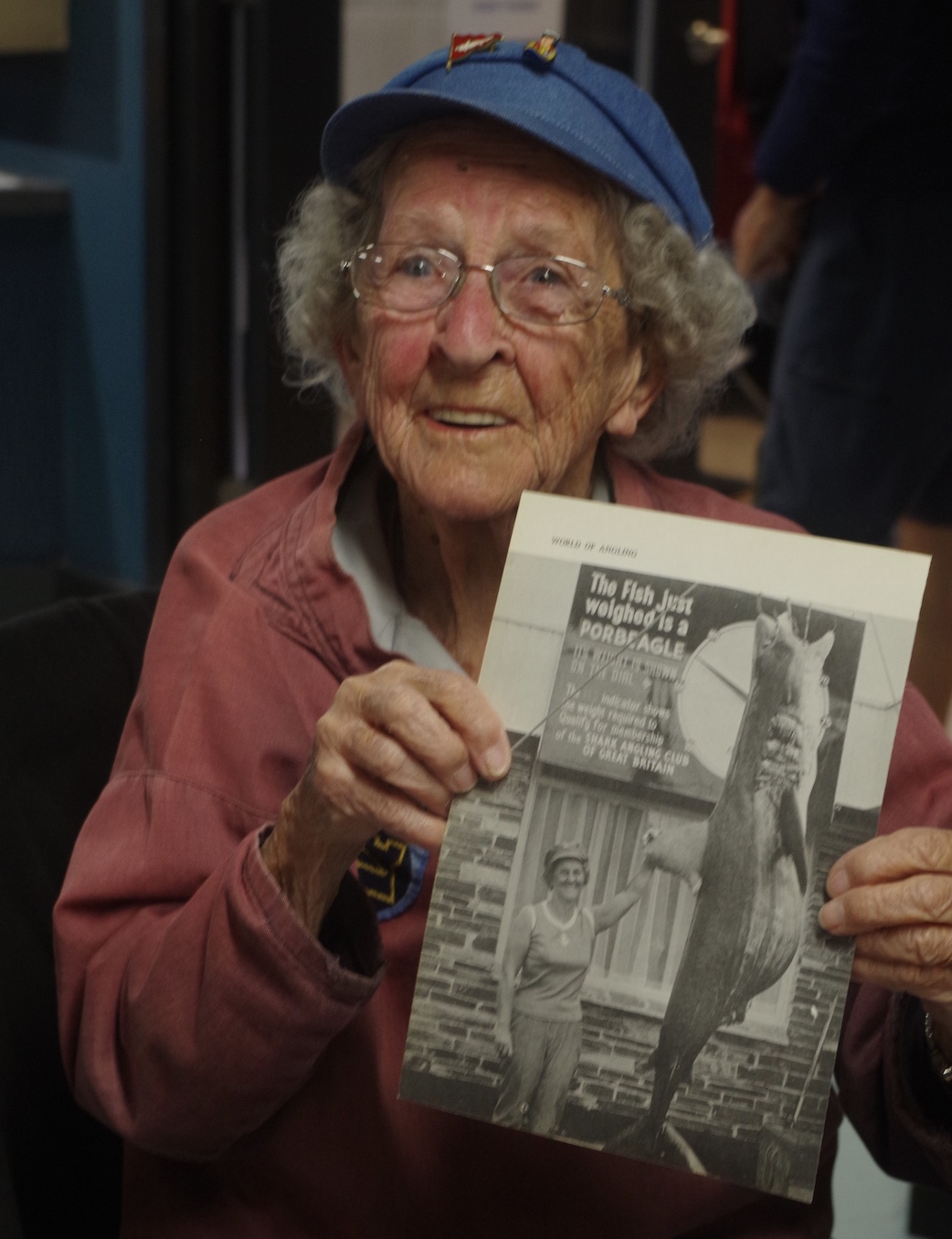
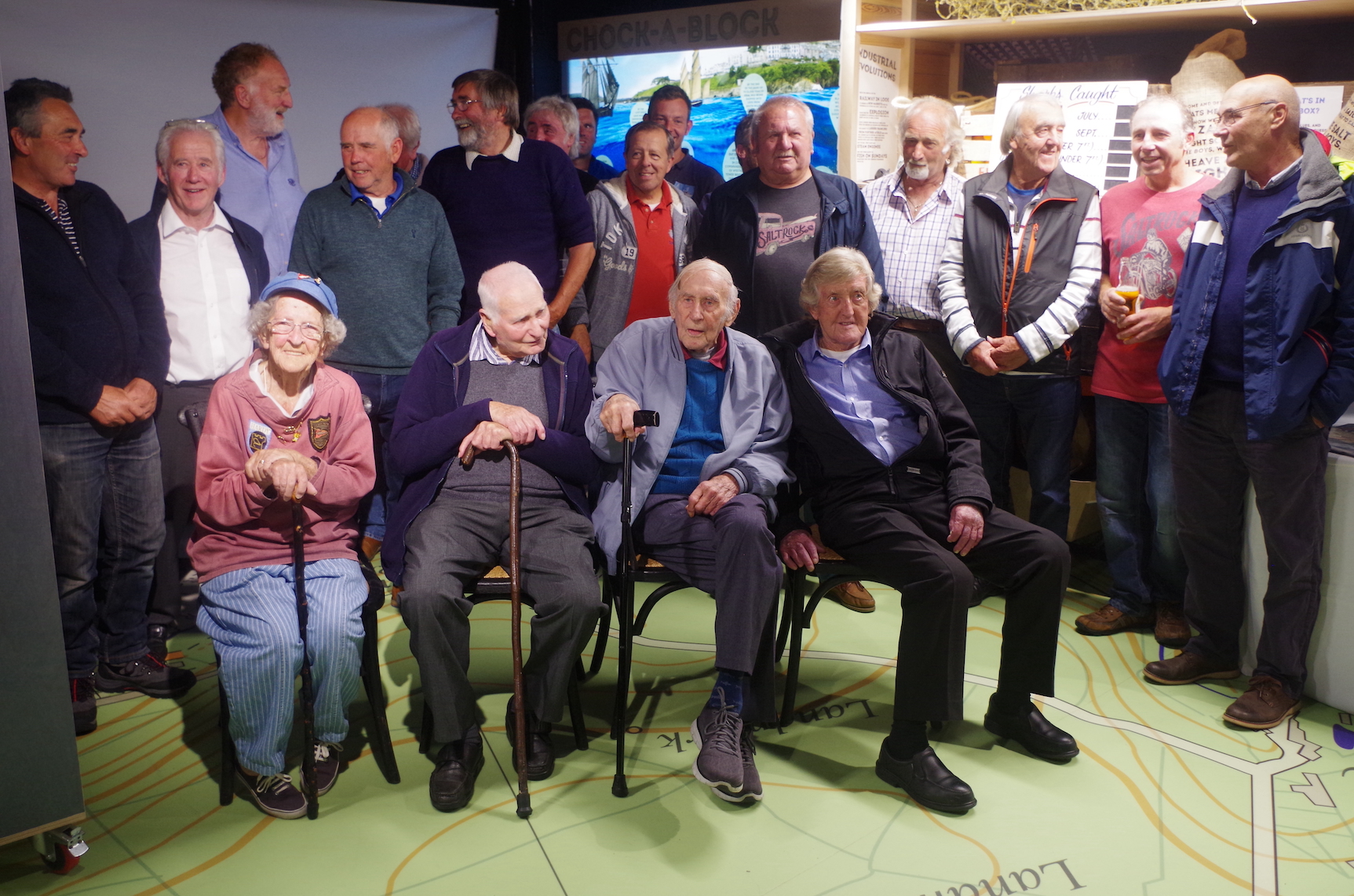
Whilst writing this feature I researched the inspiration for Captain Quince in Peter Benchley’s ‘Jaws’ book who I believed to be Frank Mundas. Interestingly Mundas who built his reputation as a shark hunter and set a world record when he caught a 3,427lb great white shark off Montauk in the US. Frank Mundas was to become a passionate shark conservationist. There is perhaps a strange irony in this relationship between hunter and prey. Several years ago I attended a fascinating talk by Paul Boote and Jeremy Wade. During the talk about the mighty mahseer of India a book by Jim Corbett was mentioned. ‘Man-Eaters of Kumoan is an enthralling read that tells of Corbett’s tracking and killing of numerous tigers. Corbett’s books are enthralling and paint a fascinating picture of the relationship between hunter and prey in far off days. Like Mundas Jim Corbett became a passionate conservationist working tirelessly for the protection of tigers. His name lives on with the Jim Corbett National Park in Uttarakhand named in his honour.
As climate change impacts upon our oceans the future of shark angling is as it should be, a mystery. Who knows what lurks beneath as the boat drifts in the dubby’s oily slick?

